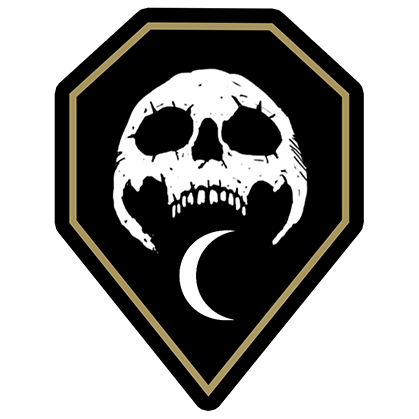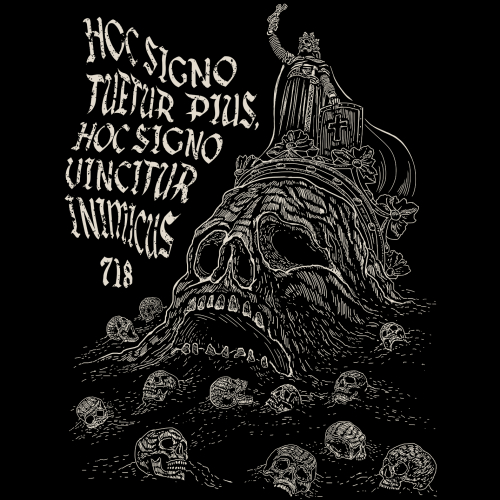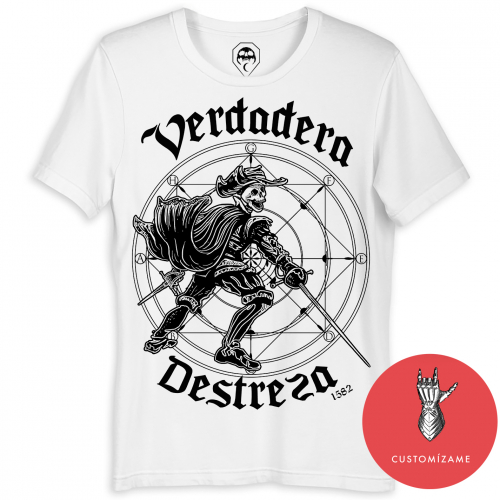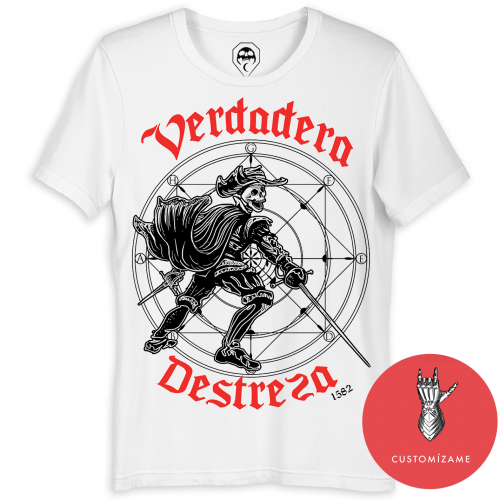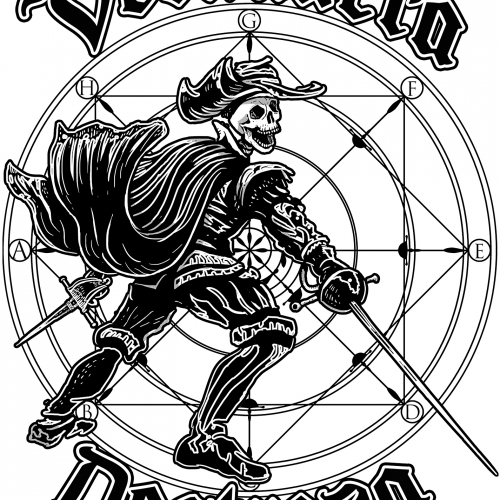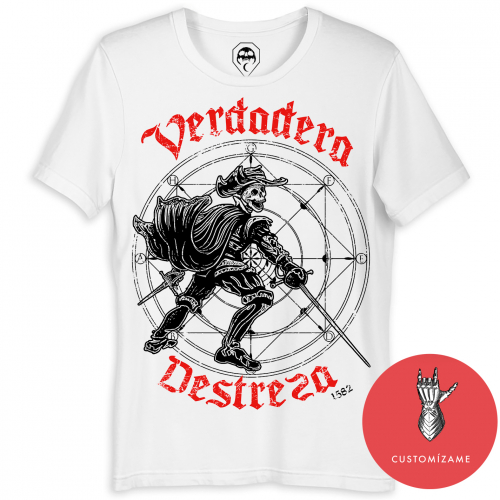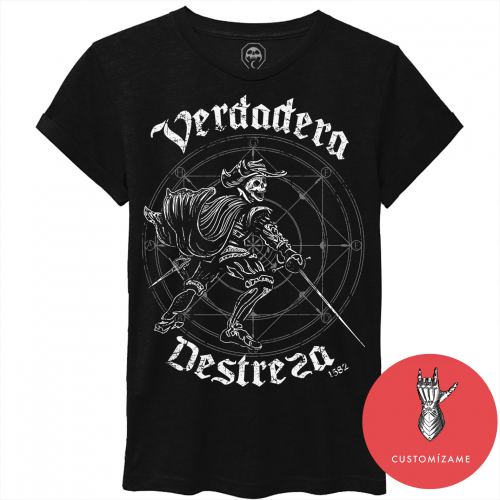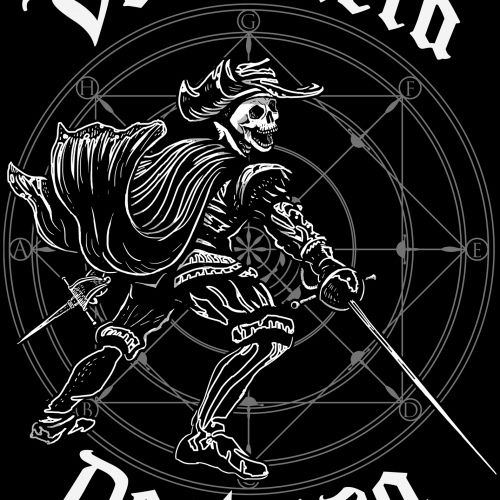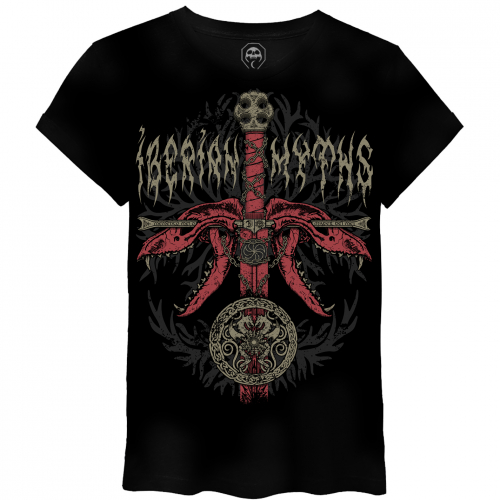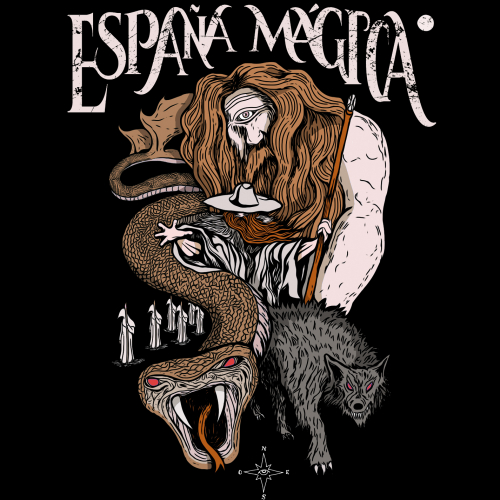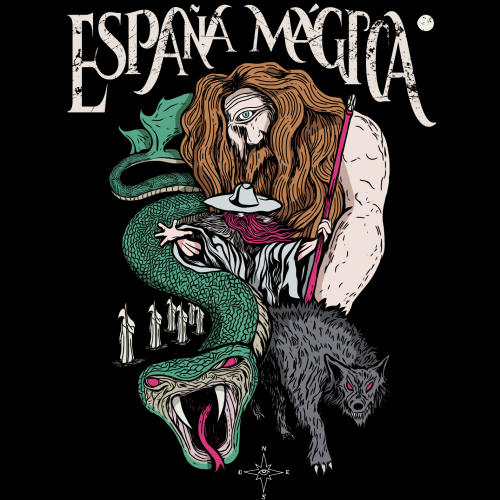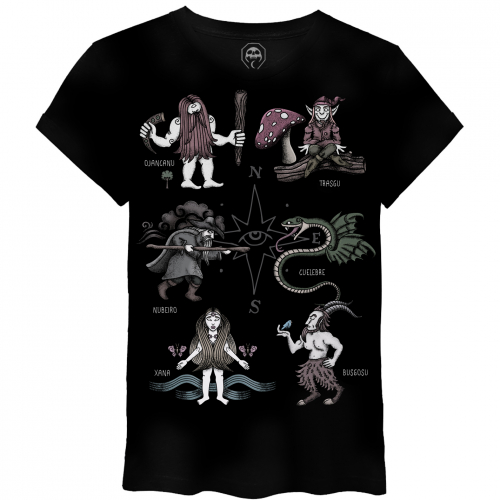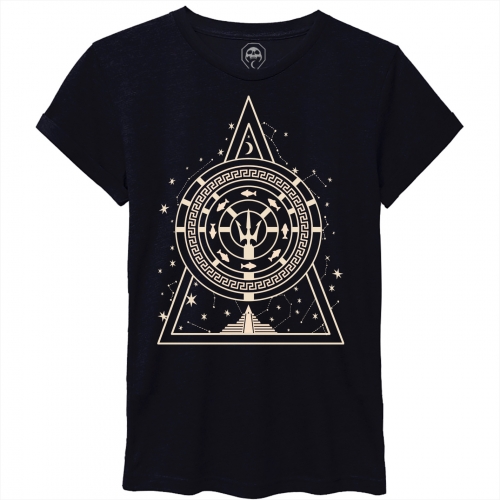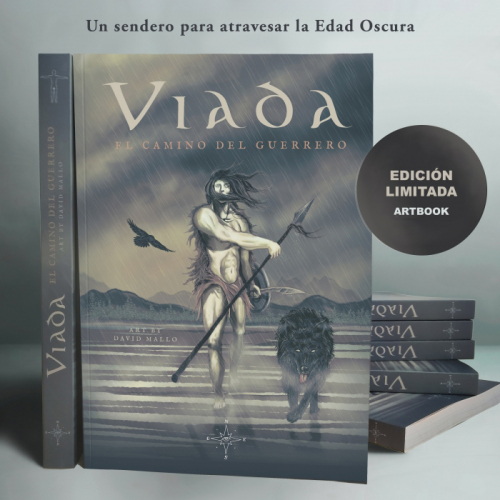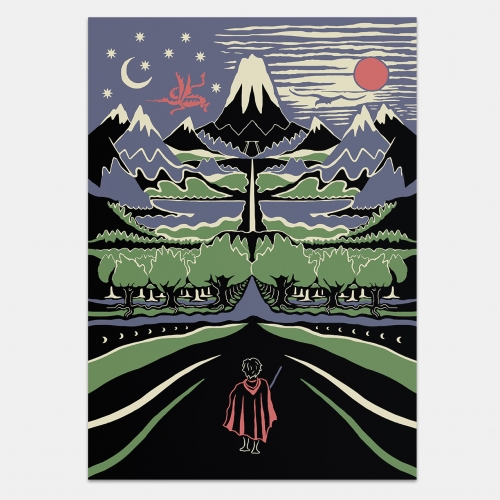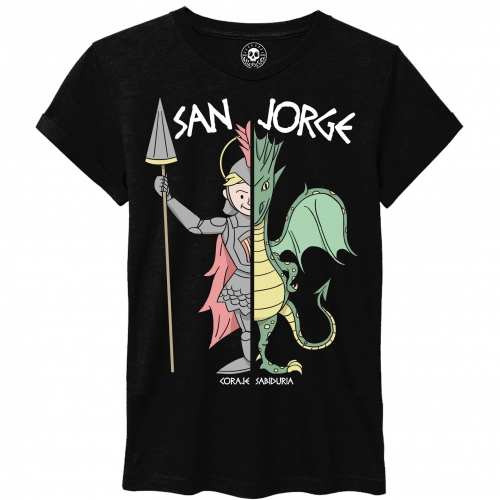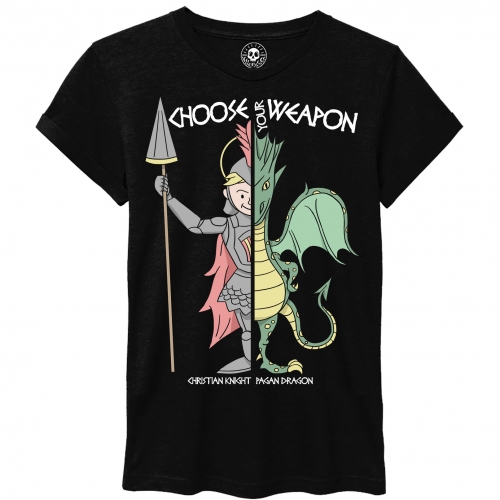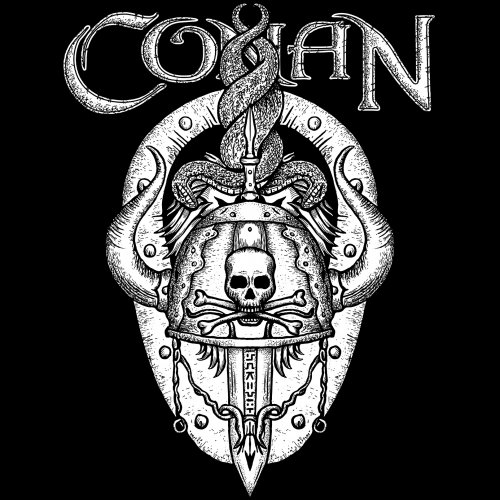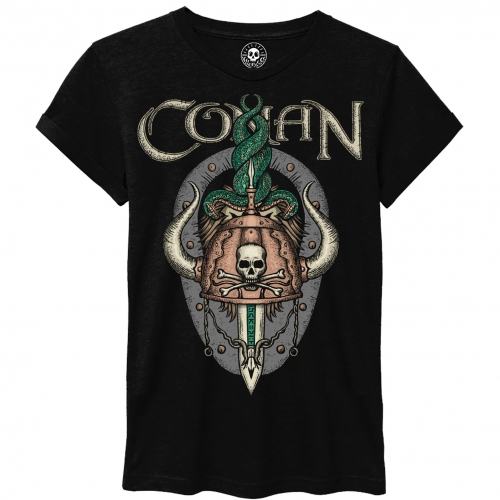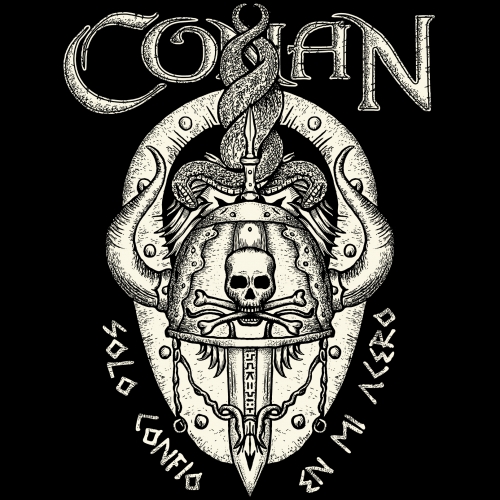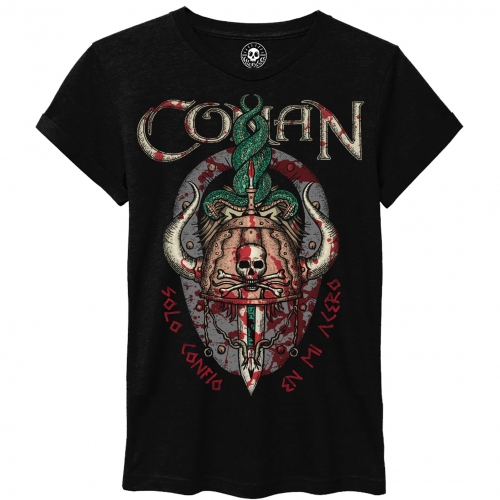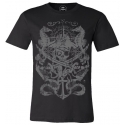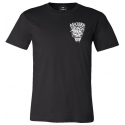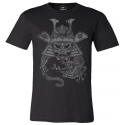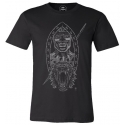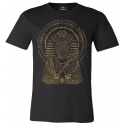The origin of the fascination and curiosity for the mysterious and the unknown in Spain is lost in the mists of time. There are the cults of the sun and the moon, the Iberian gods, Celtic naturalism, Phoenician pantheism... To this day it continues to accompany us along with the seduction of the secret, the eschatological and the dark.
Faced with the empire of scientific reason and materialism, we walk in the footsteps of Magical Spain to observe the footprints of our ancestors and their intimate interconnection with the spiritual and sacred. Our hallmarks —which are our roots, our character, and our Hispanic spirit— lie behind the popular tales and legends handed down generation after generation, behind folklore and its enchanted places, and are already part of our collective unconscious. Reconnecting with all that supernatural universe —forces of energy and telluric power—, far from trickery and ignorance, and rescuing the heritage of that wonderful world is what moves us.
A mythical Spain, rich in Templar constructions linked to dark treasures, secret societies, legends of the Grail, magical beliefs of Islamic culture, Jewish sorcery and cabalistic magic. A Spain of heterodox tradition, miracles, saints and martyrs, idolatry and apostasy, superstition, demon worship, apparitions, processions of penitent souls or souls. A black Spain of obscurantism and witch hunts too. A Spain of stories and legends such as that of the cleric of Eiztari-Beltza and the legend of the black hunter, the nymph of Júcar, the xana Caricea, the mariños of Lobeira, the fish Nicolás, the treasure of the castro of Altamira, the gap of Roldán , the curse of Laurinaga, the legend of the magician Illán...
An unknown Spain with innumerable magical routes to get closer to its legends, the enigmatic, the sacred and the magical. Itineraries through dark worlds and worlds of light, through ancient forests, magical mountains, mystical enclaves, entrances to the afterlife, cave paintings, therapeutic sanctuaries, villages, cursed hospitals and convents, enchanted castles and hermitages, hidden chapels, abandoned holy places , cathedrals, churches, monasteries, mosques, synagogues, alleys of the dead, caves, underground, crypts or catacombs.
Magical walks that bring us closer to the ancestral arts, covens, spells, bewitchments, spells, spells, invocations, curses, evil eyes, sorceress entanglements, ritual and power objects, talismans, amulets, sacred relics; beings from here and there such as evil spirits, demons, angelic entities, possessed, exorcists, mummies, tormented ghosts, heretics, inquisitors, goblins, witches or goblins.
A journey through the geography of the mysterious through its mystical, enchanted and haunted forests like those of Orrius or Baztán; of its centuries-old beech forests inhabited by ireltxos (mischievous geniuses), lamias (seductive nymphs) and genius-protectors such as Basajuan in the magical Otzarreta; or by the chestnut and oak forests and powerful healing springs such as those of San Juan Xar.
This fantastic journey will go through its mountains of great spiritual charge and telluric force, with entrances and interdimensional portals such as that of Montserrat (La Moreneta) dominated by the great stone of the devil that points towards the sky —as a trace of the flight of the devil according to the legend of the woodcutter, a place of pilgrimages in search of the Holy Grail. Or by its rivers bathed in water nymphs with duck feet like those of Bidasoa; its black lagoons dominated by man-eating marine beings in the Sierra de Urbión. And its mountains of souls on the banks of the Duero or mountains of Celtic rituals like the one in Pindo inhabited by magical creatures. Without forgetting its enchanted roads like the Asturian one full of mythological characters and legends or with stories of witchcraft, black magic and cannibalism like those that took place in the Zugarramundi caves.
We can discover the magical thought that underlies Spain through its cities and towns, as in Galicia with its witches, its churches of souls, its old cemeteries, its stone crosses, its Santas Compañas, its pilgrimages or its Camino de Santiago to Finisterre; as in Aragon and the route of the chamineras and the scarecrows; as in the unusual and secret Barcelona that keeps in its Gothic quarter stories of freemasons, Templars, inquisitions, hermeticism and Solomon's talismans.
Or like in the imposing city of Toledo whose hinged entrance door to the old Regnum Gothorum already anticipates magical and hidden elements of the hermetic-alchemical tradition. A city that reveals its secrets, its hidden soul and its magical knowledge —magic, bewitchments, spells, spells and incantations were considered part of the Toledo sciences, which were not at all associated with fanaticism, superstition and ignorance— Inside we find: wise men, such as those of the School of Necromancy —to which famous witches, magicians and necromancers such as Enrique de Villena who practiced divinatory and magical arts attended—, who try to know the mysteries of the Ars Toledana, books that connect with the forces of the invisible, works of valuable knowledge in astronomy, alchemy, mathematics and magic from the different Greek, Arab and Jewish cultures, which were translated by the Toledo School of Translators in the time of Alfonso X; evidence of worship to the secret science of Baphomet by the order of the Temple; or clues about King Solomon's Table —which gave unlimited knowledge— and the Caves of Hercules —which accumulated knowledge and secrets, where only the chosen ones could access them.
In our journey through the sacred and profane —in the forests, towns and cities—, therefore, we can trace magical elements, hidden keys to our history and our traditions, vestiges of our distant past in order to understand thought, anthropology and the beliefs of our ancestors that still survive. We can know how they related to that invisible and supernatural world —which was in full harmony with nature— and make this magical and living Spain the “initiatory Spain” towards a knowledge without prejudices, towards a superior knowledge that reconnects us with the remote and the mysterious.
